Greetings steemians! Anytime I want to write a scientific article, I begin searching for interesting subjects that are worthy of my time and yours. sometimes I have something in mind, that would be cool. Other times I find it hard to come up with some good content, so I start looking around me, asking random questions and trying to explain things.
A couple of days ago, I was in Holi.If you don't know what's a Holi, it's a festival of colors originated from the indian culture where they celebrate the arrival of spring and the end of winter.It's basically a symbolic way of celebrating the victory of good over evil.Holi culture has spread over the last couple of years to several countries (Many don't really give a shit about good and evil, they only do it to have fun including me !)
By the way, that's not me, it's just another random dude from Holi 2003
The amazing colors really caught my eyes, there were so many different shades of different colors and I started wondering about what's going on? How am I able to differentiate between all these colors? How am I able to see in the first place? What's seeing? And from there the story began.
Let's discover together the visible electromagnetic spectrum:
light is nothing more than an electromagnetic wave composed of massless elementary particles called photons. When we talk about an electromagnetic wave, we talk about its frequency and wavelength. I assume that you already know that the shorter the wavelength, the higher its frequency, the more its energy and vice versa. We've constructed what we call an electromagnetic spectrum and here's a simple model..
Notice the different wavelengths ranging from the long radio waves to the shortest Gamma rays, the small colored part is the visual spectrum where wavelengths range from 400 to 700 nm
The human eye is only capable of visualizing wavelengths within the visual spectrum but lucky for us, it does it with great precision.In nature, many animals are able to see Ultra-violet radiations such as Reindeers and some dogs species for example, they have specific sensors in their retina that allow them to detect these lower wavelengths.There were rumors about unique humans who reported that they are able to see UV lights, if that's true then it would be so badass! For instance, Here's an example of what it could look like..
We use UV light for many purposes, we use them in hospitals to attract insects and electrocute them using what we call blacklight bulbs.Another frequent use is sterilizing surgical equipment (Killing the bacteria) or even to induce the production of vitamin D is some rare illness.
High exposure of UV light can be dangerous to the eye and especially to the skin, it accelerates skin aging by altering the regeneration mechanisms and can cause tumors in the worst case scenario, that's why we wear sunscreens in the first place.Many doctors advise their patients to use them every day but I know that's pretty expensive and not practical, so sunny days will do the trick.
The sunlight is a mixture of different radiations resulting from the different nuclear processes that happen inside the sun.The portion of that light that arrives at the earth is typically composed of visible rays, ultraviolet and infra-red.The sun also emits gamma rays and x-rays but the earth's atmosphere acts like a shield so they don't reach the surface of the earth most of the times, or else it would be a disaster and a global extinction!
Pollution in the last decade has led to a defect in the ozone layer, that's very unfortunate and dangerous because the ozone stops harsh high-energetic UV radiations.The excess of radiations in the last couple of years happen to raise the temperature of the earth and induce what we commonly call the global warming.
When I was young, but we did this cool experiment in high school where we separated the different rays of the white light using a dispersive prism and the result was fascinating for me (and still !)..
I will not use fancy words or try to complicate things, I will only stick to the basics to explain the phenomenon.You see what you just saw is what we call light dispersion, where each ray with different wavelength becomes separated from the other. When an electromagnetic wave changes the medium and enter another one with different properties, it experiences Refraction.
Refraction is the change in direction of wave propagation due to a change in its transmission medium. The phenomenon is explained by the conservation of energy and the conservation of momentum
The shorter wavelengths (Like the purple ray ) bend the most, while the longer wavelengths (red ray for example) bend the least just like shown the picture above.
Light scattering is another wonderful phenomenon where the extreme change of trajectory of blue radiations cause them to be more visible and gives the sky/iris (Colored part of the eye) its blue colors.
Blue radiations literally slip from molecule to another and they are forced to deviate from a straight trajectory by one or more paths due to localized non-uniformities in the medium through which they pass
Well, that's why my only favorite color will always be blue because it's very active and not as lazy as red radiations (At least I have something to say in order to explain myself).
Light Behaviour toward different objects:
When it meets a solid object, a specific ray of the visual spectrum can behave in three principal ways, Transmission, reflection or absorption.
Transmission is when a radiation passes through the object like nothing has ever happened, so if all the wavelengths of the visual spectrum are fully transmitted then the object would be technically invincible.
Reflection is when a radiation is reflected when it meets an object, the mirror is perfect example, it reflects the majority of the visual wavelengths.Notice that I said majority because there's no such thing as perfect in nature, in fact, mirrors reflect slightly more greenish light than other wavelengths, so the supposed white surface of a mirror has basically some green color in it.
Absorption is a process where some radiations are absorbed by the atoms of the object, the law of energy conservation supposes that the radiation's energy is transformed into another form, most likely heat or another type of radiations.That's why we use light as a heat source very often.
The combination of these 3 form of interactions alongside with refraction and scattering give us different shapes and colors.Now, what makes a banana appear yellow to us? You see in order to see a color as it is we need a radiation with this particular color wavelength to reach our eyes, so the banana actually absorbs and transmits all other wavelengths except the yellow.This particular wavelength is reflected directly to our eyes.
On the opposite side, black isn't a color itself, it's actually the absence of light.Black objects absorb almost all the wavelengths and they reflect no visible ray to our eyes.That's why wearing black on sunny days isn't a good idea because your shirt is more likely to absorb more light and transform it into heat.
Another good example is melanin production, black skin characterizes African people and probably it's the magic of evolution! People who are living in Areas that are the most exposed to sunlight are prone to an over-exposure of sunlight.They are more likely to experience sunburns, so their skin produces a black pigment called melanin to absorb the excessive radiations either from ultraviolet or visible light.
How is the eye able to tell the difference between different colors?
Let's say you see a shiny Ferrari nearby, the reflected radiations coming from the car reach you at the speed of light and reach a specific part at the back of your eye called the retina.It's a network of neurons rich in photosensitive cells, two types of cells can be found: either rods or cones.
Notice the retina represented in form of a yellow surface at the back of the eye and attached directly to the optic nerve
Rods are located in the periphery of the retina, they contain one photopigment making them not suitable for a good color differentiation.They are more suited to perceive light in nocturnal environment and obscurity.
Cones are way more special than rods, they are found in the center of the retina and contain three different photopigments. They tell the slightest difference in colors making them perfect for diurnal vision.
In the 19th century Thomas Young, a British physicist discovered the three types of photopigments, he named them S for small wavelengths, M for medium and L for long wavelengths. Each one of them is monochromatic meaning it's responsible for only one color sensitivity but also its shades.He corresponded the three photopigments respectively to Blue, Green and Red.We're now able to say that color vision is trichromatic (Caused by three pigments).
Each color perceived is a combination of the sensitivity of these 3 cones, the image in your mind is nothing more than a painting decorated with different colors.Besides, they're not only responsible for the color itself but also the intensity of the color.A stronger stimulation of these cones means a brighter color.
The lack of Ultraviolet sensitivity is due to the lack of specific photopigments capable of perceiving its wavelength.It's also important to mention that we do have a little bit of sensitivity to UV light but it's very low making it impossible to perceive.
In order to understand how amazing your eye is, take a look at the picture above and guess how many different colors are there? 100? 1000? It's actually 16 million pixels and a normal human eye is able to distinguish 10 million of them! talking about a badass
Some people have only two types of cones, we talk about dichromacy or more commonly known as color blindness, they are generally born with it.Each color blindness is given a name as shown below, here is an example of how they can actually see the world around them.
I don't know if you notice it already but it seems like these people don't necessarily see the missing color, it seems like they can see some shade of the color and that's because if you return to the pic of the human cones far above, you will notice that the other cones are capable of a small perception of the other wavelengths.
It can be also explained by only a partial lack of these cones, sure the person is still blind colored but he has some cones left, nevertheless they are not enough for a proper color vision.
Other rare forms of color blindness include cone monochromacy where the person is only able to see one shade of color due to a lack of the other two photopigments and the worst of them all Rod monochromacy or achromatopsia. This is the most severe form of color blindness, the person lacks all of its cones and can only see the world in black, white, and gray, it's like you are living in the seventies for all your life!
When the image is formed on your retina, it's transmitted to your occipital lobe from retinal ganglion cells and via the optic nerve emerging from the retina's network just like we saw before.The occipital lobe is the main core of visual perception, traumas that affect this lobe can cause permanent or partial blindness.
The information are first interpreted in the visual cortex and then spread to different parts of the cortex using the dorsal stream and ventral stream.
The two-streams hypothesis is a widely accepted and influential model of the neural processing of vision as well as hearing.It's represented by the following model
Afterward, the process becomes very complicated and requires an association of many parts of the brain, it stills unclear in many different of its aspects.Anyway, this was the tail of how we manage to see different objects and colors, I hope you really liked it and I let you sink with these wonderful colorful portraits...
Sorry if the post was too long but I was intrigued by the subject and I needed to clear the fog on some concepts in order to fully understand the story.If you have anything in mind please give me your feedback in the comment section, thank you very much for taking the time to read the post and I'm pretty sure that you learned something today. If you do, give it an upvote, follow me for future posts and I want to thank you in advance for any kind of possible support.You can also check my previous ones here:
Le Pneumothorax: Quand l'air s'échappe des poumons..
Hypertension and salt intake: What if We're Wrong all the way?
See you soon and have a nice day ^^
References & Sources:
One more thing, Join the @steemSTEM community, A community project to promote science technology engineering and mathematics postings on Steemit.

)
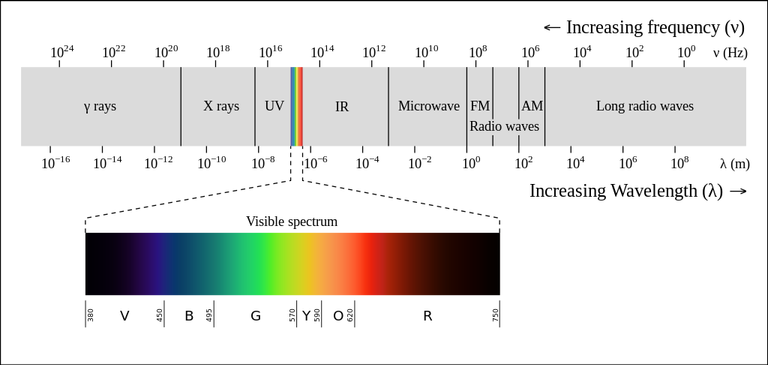

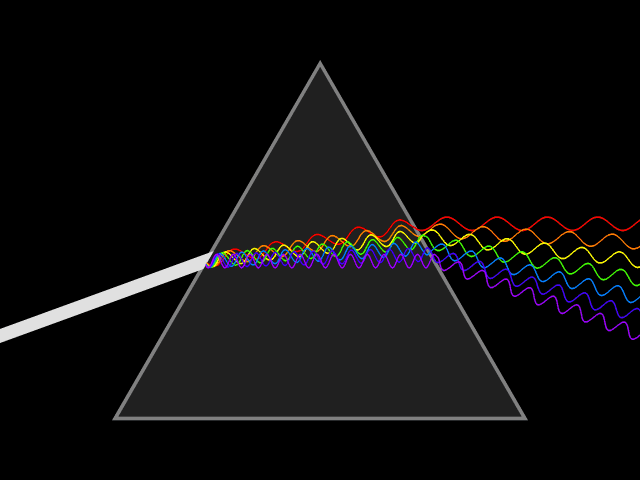
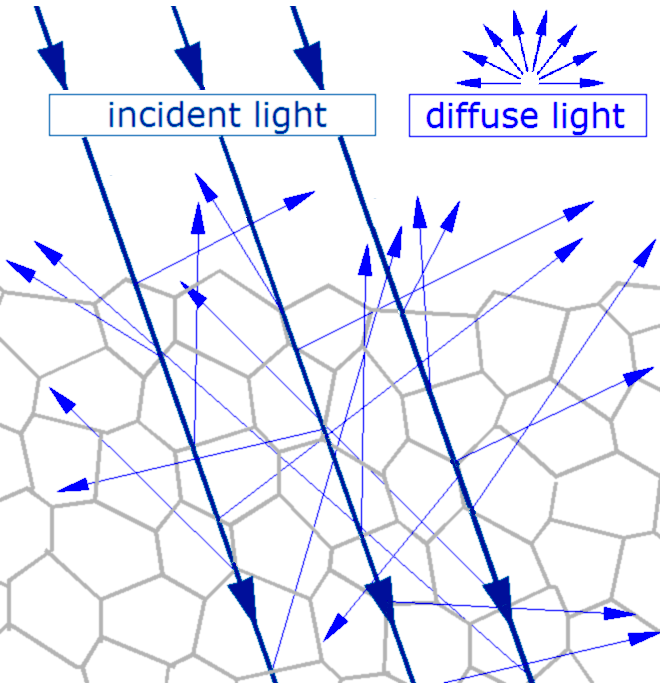


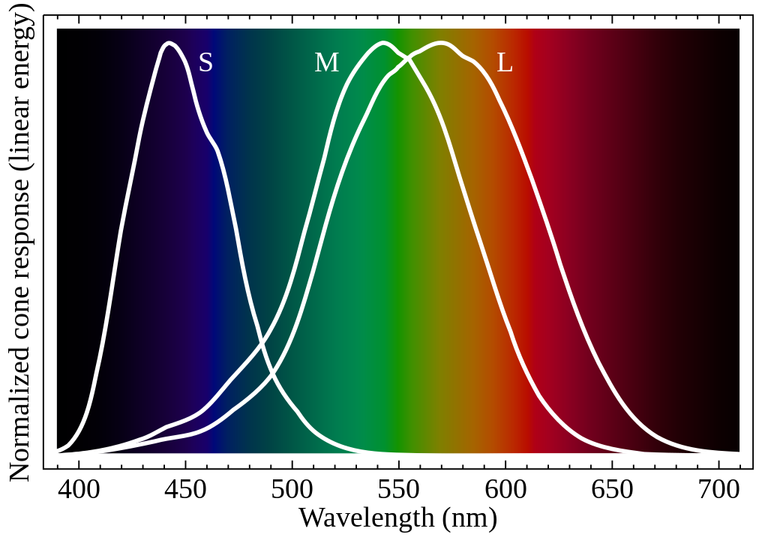

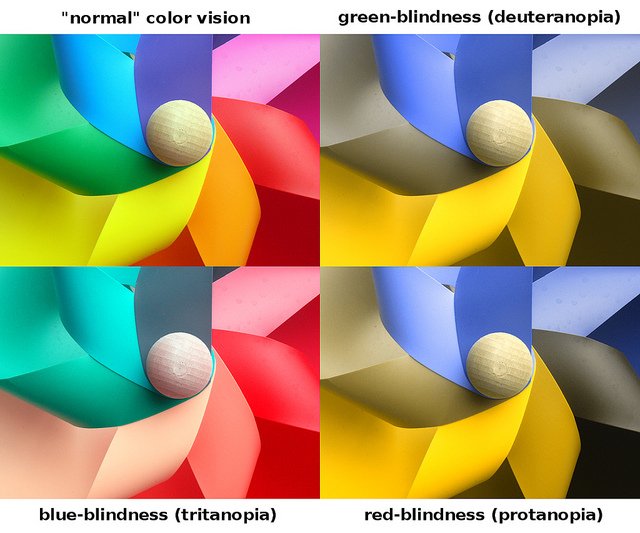





what exactly about the atmosphere makes it prevent the gamma and x-rays from reaching the earth but allow visible rays of light ?
have you heard of people with tetrachromatic vision who actually possess four cones ? yes, they exist :).
A very interesting read btw. Great effort man.
What do you want to know exactly? :)
I tried to explain to @kingabesh what I.know but I still have two questions: do any gamma rays reach the surface of the earth? And if so isn't space supposed to be empty? what's stopping gamma rays from reaching the atmosphere ?
Most won't. Very rarely, some might, but it is not possible to detect them as really really really too rare.
In average, space is empty. But there is stuff in it here and there.
Gamma rays can reach the atmosphere. The atmosphere is actually the stuff protecting us from them :)
Fascinating post. Just the right amount of details to make it accessible and yet informative.
Thanks for the great work!
You're welcome man ^^
Your analysis of human sight is very insightful. I wonder if there is any truth to the claim that woman can see more colors than men on average... or if there are any people born with an enhanced ability to see more of the light spectrum than the average human. Thanks for the great read and good source references too!
Not enhanced abilities per say but there is a slight difference in each individual, for instance few years ago a Dress pic dominated social media, the color of the dress was seen differently in two groups of person.One group see white and gold, while the other group see black and blue,.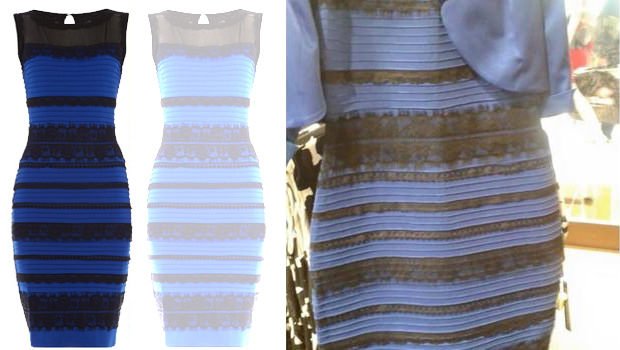 )
)
I really don't know for sure, if you find something let me know ! Anyway thanks for stopping by ;)(
I personally see black and blue colors ! Anyway to respond to your other question
I think it's because the genes for the colour receptors are on the X chromosome. XX woman have two chances to get the genes, XY men only have one!
That's partially true, the two main genes for color vision are OPN1LW and OPN1MW.They are found on chromosome X and one can have more than one copy for the OPN1MW, but why i still ignore that ! Maybe two copies makes the activation of these genes more intense in women, i really don't know